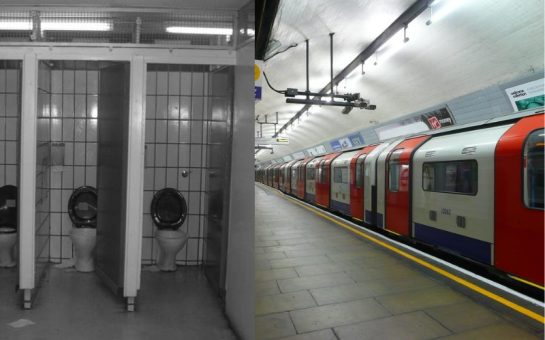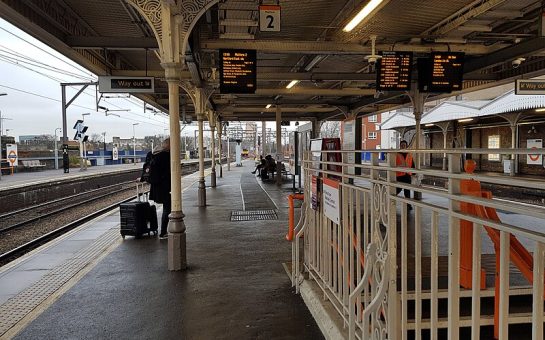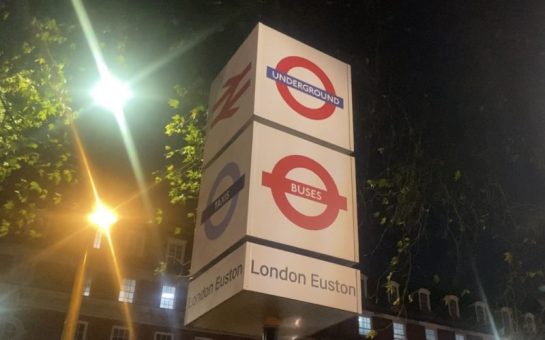Jason Thomson investigates the Mayor’s cycling master plan.

By Jason Thomson
Cars scream past. Taxis and buses bully you into submission. The very air billows and buffets around you, determined to grab you by the collar and throw you from the road.
Nobody seems to notice, but your heart is pounding, and you fear for your very life.
Sweat seeps through your clothes, trickles down your neck, slides down your back. Your knuckles lose their colour, clinging to the handle-bars.
Then you see the red light ahead, normally every driver’s bane, and relief washes over you – another milestone reached, a chance to regroup.
Sound familiar?
If you’re a cyclist, this nightmare scenario could be something that plagues you on a daily basis, but if your two-wheeled travels whisk you into London, you may soon be able to rest easy – TfL is riding to the rescue.
At the behest of London’s mayor, Boris Johnson, Transport for London (TfL) is implementing 12 Cycle Superhighways, the first of which will open in Merton next month.
“I’m not kidding when I say that I’m militant about cycling, and these Superhighways are central to the cycling revolution I’m determined to bring about,” said the mayor.
So, what exactly are they?
The most visible aspect will be vast swathes of blue smothered on the roads, designating the cycle routes.
The branch running from Merton into central London is one of two pilot routes aiming to open on Monday 19 July 2010, the rest to be operational by 2015.
David Richardson, a photographer who uses sections now in place, experiences the blue highway every day.
“I was cycling along the new Cycle Superhighway today, and I was surprised to see chunks of the road were being kicked up by my tyres.
“I thought my bike was falling apart, as there was a metallic rattle from the chunks hitting the spokes,” he said.
But as Charles Baraball, Merton’s Cycling Campaign co-ordinator, was keen to point out, even these pilot routes are not yet complete and final judgement must wait.
“It’s a brilliant scheme, and we very much applaud the complementary measures TfL are putting in place,” he added.
And there are more to the highways than a lick of blue paint; new signs aim to make them easy to follow, there will be cycle training, improved cycle parking, information, maps and grants to help employers provide showers and lockers.
TfL estimates that across the two pilot routes there will be about 5,400 cycle parking spaces, around 26,000 hours of cycle training and 9,000 hours of cycle maintenance.
But Andreas Kambanis, author of the Londoncyclist.co.uk blog, feels there is much more that could be done.
“I think the Superhighways are a good idea overall as they create a more visible route into the city,” he said.
“However, I think the execution leaves a lot to be desired.”
He says the lanes are not wide enough, vehicles ignore the fact they should stay out of the lane, and the routes do not provide a ‘constant’ path into the city.
Mr Kambanis has cycled extensively in Europe and South America, and he singles out Barcelona, Amsterdam and Copenhagen as exemplary cycle cities.
In the latter, they have implemented the idea of ‘green wave’, whereby if cyclists travel at a constant speed, they have nothing but green lights to welcome them.

Mr Baraball also speaks highly of Copenhagen, where the favour showed to walkers and cyclists at the expense of mechanised transport means around 80% of local journeys are made by bicycle.
In London, the figure is about 2%.
“None of the authorities seems to realise the need to dramatically increase it. We keep telling them, but they don’t appear to have ears,” insisted Mr Baraball.
He says the benefits would be manifold – tackling our obesity crisis, reducing our carbon footprint and reducing the threat faced by pedestrians from cars.
“We will have happier, healthier, fitter people polluting less,” he added.
John Pucher, Professor of Planning and Public Policy at Rutgers University, New Jersey, USA, argues that for cycling to really take off, schemes need to embrace disabled people, those on low income levels and varying skill levels.
He said: “I think that ought to be one goal – making cycling possible for everyone – and by making cycling possible for everyone, you’re also going to increase the overall share of trips by bike.”
In the Netherlands, Denmark and Germany, they have succeeded in taking these sentiments to the heart of their cycle policies.
“There, it is not seen as something for people who are really risky, who love cycling on busy streets. It is seen as something to be a practical way of getting around, recreational as well, but for the most part, for daily travel,” added Professor Pucher.
How does London’s Cycle Superhighway stack up against all this?
Fred Ellis, owner of Wimbledon-based cycling organization Pedal4Health, said: “I’m not really that impressed by what is essentially just a splash of blue paint.”
While he conceded the construction is yet to be finished and the routes are wider than current cycle lanes, he was dismayed that cars still park in it – and even have official bays to do so.
“Cyclists still have to be quite confident and able,” he explained.
Mr Johnson’s words are admirable, his aims laudable, but it seems he has much work to do on his Superhighways if cyclists are to be convinced.
They represent a step in the right direction, but this is no quick race. We face a marathon, and right now we’re barely out of the starting blocks.
So there it is.
If you want to feel safe while you ride, if you want to be free of the fear of being cut up without warning and sent flying onto the pavement, then go cycling in a park.




